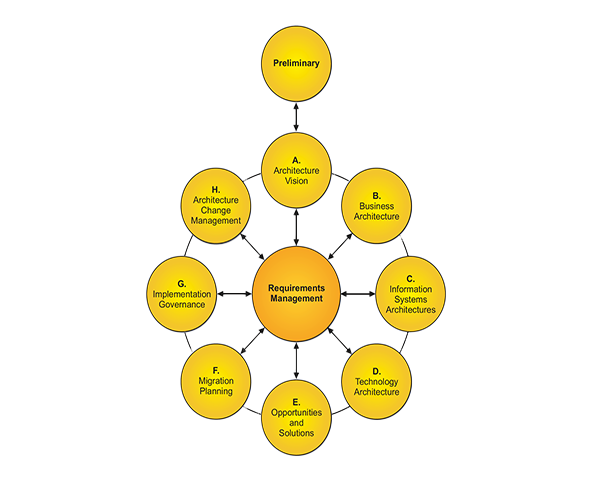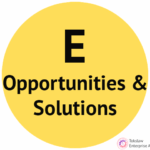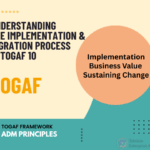A Guide to Migration Planning
As organizations evolve, the journey from design to implementation is critical. We are now gradually moving from the design phase, encompassing all your architectural documents, to what is known as Phase F: migration planning. This phase builds on the opportunities identified in Phase E, where we sketched out transition architectures and explored various possibilities for change.
We’re focused on finalizing the architecture roadmap and ensuring that our migration plan aligns seamlessly with the current approach to change within the enterprise. It’s essential to recognize that organizational change occurs differently across companies, with varying speeds and requirements for successful implementation. Therefore, our migration plan must be sensitive to these nuances to foster a smoother transition.
Recognizing Business Value in Change
One of the most significant aspects of this phase is attaching a business value and cost to each proposed change. If you’re advocating for a shift from legacy computer systems to a new, more efficient way of doing business, it’s crucial to quantify the expected benefits. Articulating how these changes will unlock revenue or reduce costs will substantiate your recommendations and make it easier for stakeholders to buy into the plan.
At this stage, we continue to work with the same inputs that have guided us so far, primarily the draft architecture documents and change requests. It’s essential to evaluate the outputs from Phase E, which include the draft architecture roadmap, capability assessments, and the implementation migration plan.
Management Framework Interactions
As we develop our migration plan, we must clarify our management framework interactions. This means establishing how various management practices, whether they involve business planning, enterprise architecture, project management, or operational frameworks, will work together in this transition. Understanding these interactions prepares us for collaboration and coordination across departments as we move forward.
Each identified work package from the previous phase should now be assessed for its business value. What tangible outcomes can we expect? For example, if a proposed change could unlock $2 million in additional revenue annually or save the organization $2 million in costs, it’s crucial to document these figures. Quantifying business value enables better decision-making and prioritization, allowing teams to focus on projects that yield the highest returns on investment.
Prioritizing Initiatives
As we map out our implementation plan, it is essential to consider resource requirements, project timing, and potential risks. Identify quick wins, those straightforward changes that can yield significant benefits, and prioritize them. Conversely, tackling more challenging projects first may be wise to avoid carrying unresolved issues forward into the implementation phase.
Next on the agenda is confirming the architecture roadmap. Building upon the draft plan created in Phase E, we’ll need to develop a final implementation migration plan that delineates who is responsible for what, the associated costs, and the necessary milestones.
Lesson Learned and Team Distribution
As we wrap up this phase, it’s an excellent time for reflection. Consider the lessons learned throughout the process. What would you have done differently? This evaluation can also highlight the need for additional support or training within your architecture capability. Based on your experiences, adjustments to the TOGAF architecture framework may need to be made.
The primary output of Phase F is an approved implementation and migration plan, a comprehensive document detailing your strategy, projects, portfolios, and crucial milestones. This plan is the foundation for subsequent phases and ensures everyone is aligned on objectives and expected outcomes.
Moving Forward
With the migration plan in place, it’s time to hand over responsibilities to project teams, including development, technical, and business process teams. While your direct role may shift, remain engaged to ensure that the envisioned architecture is faithfully implemented.
You may already have requests for new architecture work for the next cycle. While it’s not yet the time to initiate these projects, informing executives of upcoming needs will be beneficial.
An architecture governance team will monitor the execution of the plan, ensuring that the value promised is realized through effective implementation. If lessons learned highlight the need for change requests, be it additional training, resources, or new software—ensure these are documented and communicated for future enhancements.
As we conclude this migration planning phase, it’s evident that while your initial responsibilities may have shifted, overseeing implementation remains critical to ensuring long-term success.
Your diligence and attention to detail will pave the way for a successful implementation in this transitional journey, which will ultimately lead to enhanced business value and a more efficient organization overall.



